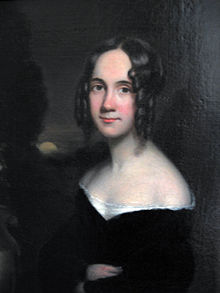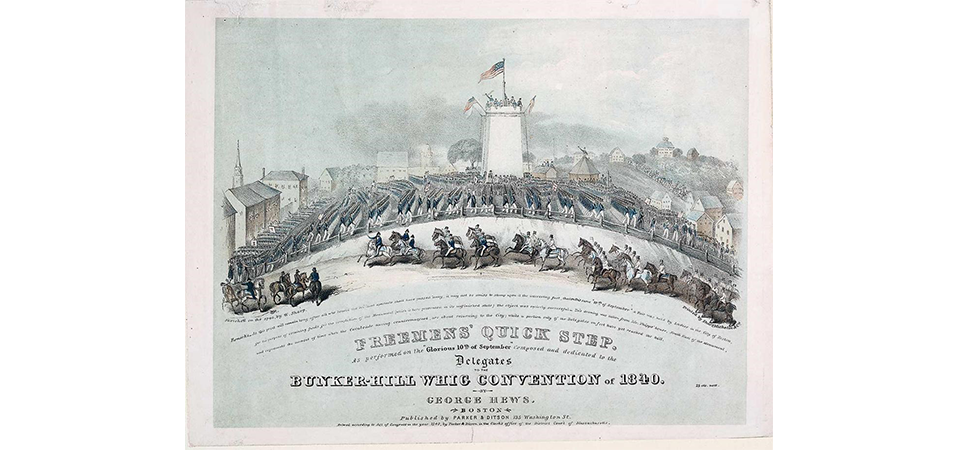The audio version of this article was first shared in A Bookchat about Sisters of Sea View by Julie Klassen & a Review of Falling for the Cowgirl by Jody Hedlund.

Sarah Josepha Hale (1788-1879) was the daughter of a Revolutionary War officer and a native of Newport, New Hampshire. She was born to Captain Gordon Buell and Martha Whittlesay Buell who believed in equal education for their daughter.
Once she was grown, she married and had 5 children, but in 1822 her husband died. After that, she opened a milliner’s shop but writing was her passion.
She published a book of poems with the support of her husband’s Freemason lodge in 1823. Her first novel, Northwood, was an anti-slavery work that appeared in 1827 and established her literary reputation. Upon seeing her work, the owner of the Ladies’ Magazine asked her to work as the editor.
In 1837 this magazine was bought by a new owner and was renamed the Godey’s Ladies’ Book. Sarah remained as editor for another thirty years.
Supporting Others
Sarah also used her platform to support the abolishment of slavery and, later, colonization (freeing African Americans and sending them to Africa). She was a strong supporter of female education and even helped establish Vassar College.
She also published emerging American writers, giving them an audience of up to 150,000 readers. These writers included Harriet Beecher Stowe, Lydia Maria Child, Catherine Sedgwick, Lucretia Mott, Emma Willard, Susan B. Anthony, Edgar Allan Poe, Henry David Longfellow, Ralph Waldo Emerson, and Nathaniel Hawthorne.
Sarah established the Seaman’s Aid Society in 1833. They provided jobs for the families of deceased seamen in Boston’s North End. They also opened a day nursery and an industrial school for seamen’s daughters called the Mariners House.
In addition to these accomplishments, Sarah was active in preserving national places like Mount Vernon, George Washington’s home in Virginia, and funded a Bunker Hill Monument project.

“Sarah Josepha Hale, the women’s fundraising coordinator, stepped onto her Ladies’ Magazine public platform and campaigned for women to contribute $1. Her stance was strongly criticized in newspapers that favored men only to raise Monument funds. By 1840, the Ladies’ Fund amounted to only $2,937.90.” ~ The Bunker Hill Monument Fair of September 1840 Boston National Historical Park
Other Facts about Sarah
What does “Mary had a Little Lamb” and Thanksgiving have in common? Sarah J. Hale. She is often referred to as the Godmother (or mother) of Thanksgiving. At the time, Native Americans in North America had harvest festivals and colonists had services of thanksgiving, but the tradition was only rooted in what is now the northeastern part of the country. Seeing that Thanksgiving was still celebrated in the north but not the south or the territories in the West, Sarah was concerned the tradition would eventually die. She began writing presidents in 1844. She wrote to presidents Taylor, Fillmore, Pierce, Buchanan, and finally Lincoln in 1863. She urged him in an editorial to make the 3rd Thursday of November a national day of thanksgiving to “offer to God our tribute of joy and gratitude for the blessings of the year.” Lincoln supported legislation to make “A National Day of Thanksgiving and Praise.”
I love teaching my children and students about Sarah J. Hale. Although she was a modest woman who is often overlooked in history, the differences she made in our country are precious. We could all learn from Sarah’s example of effecting a positive change in the world today.


One Reply to “Little Known Historical Figures: Sarah J. Hale”
Comments are closed.